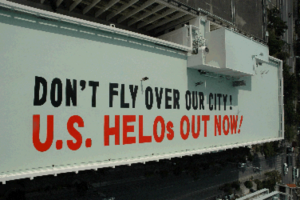Iha Yoichi
Iha Yoichi. Twice in 1990s mayor of Ginowan City (site of Futenma Marine Air Station) and from 2016 member of the House of Councillors of the Japanese Diet, Secretary-Gneral of Okinawa Whirlwind (Okinawa no kaze).
Volume 8 | Issue 3 | Number 1




